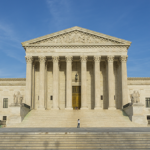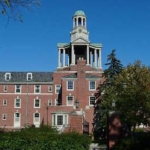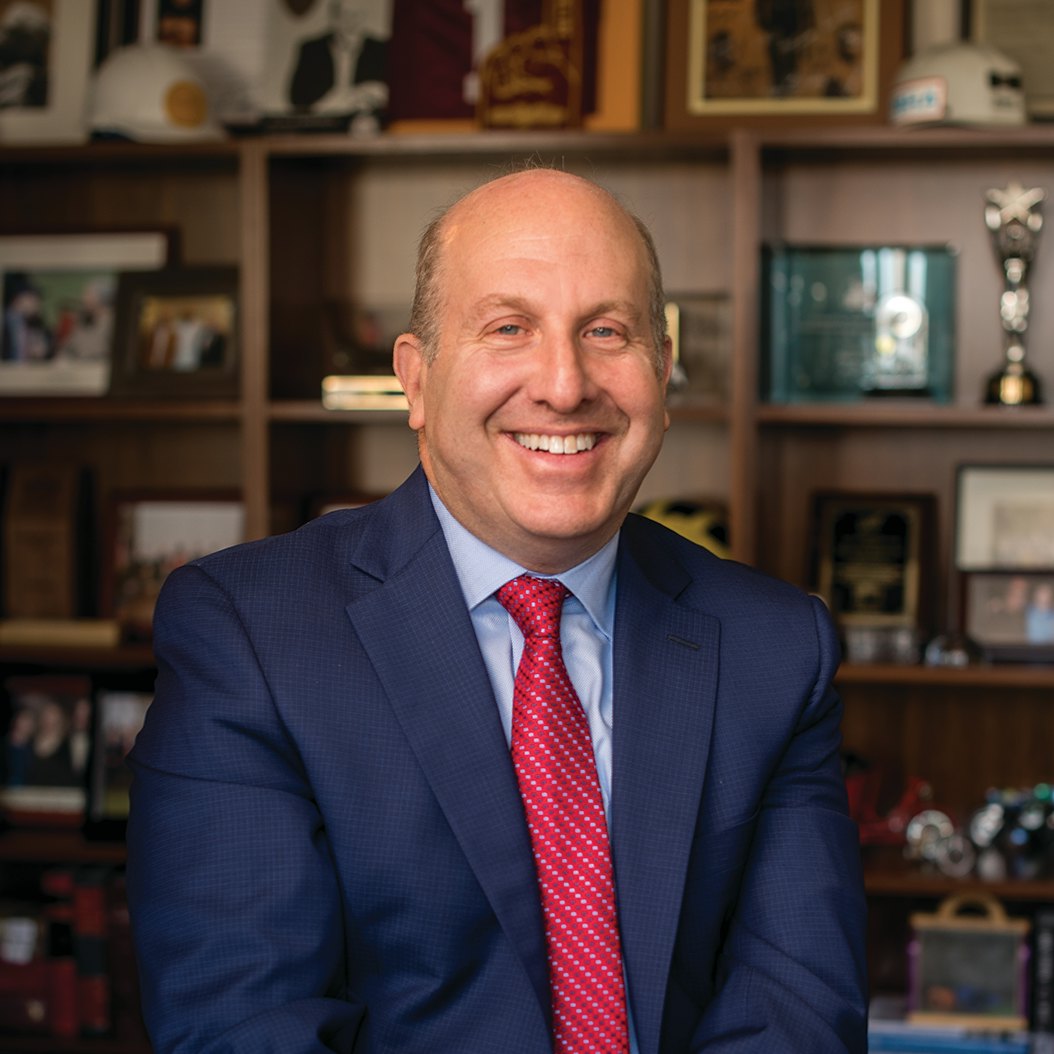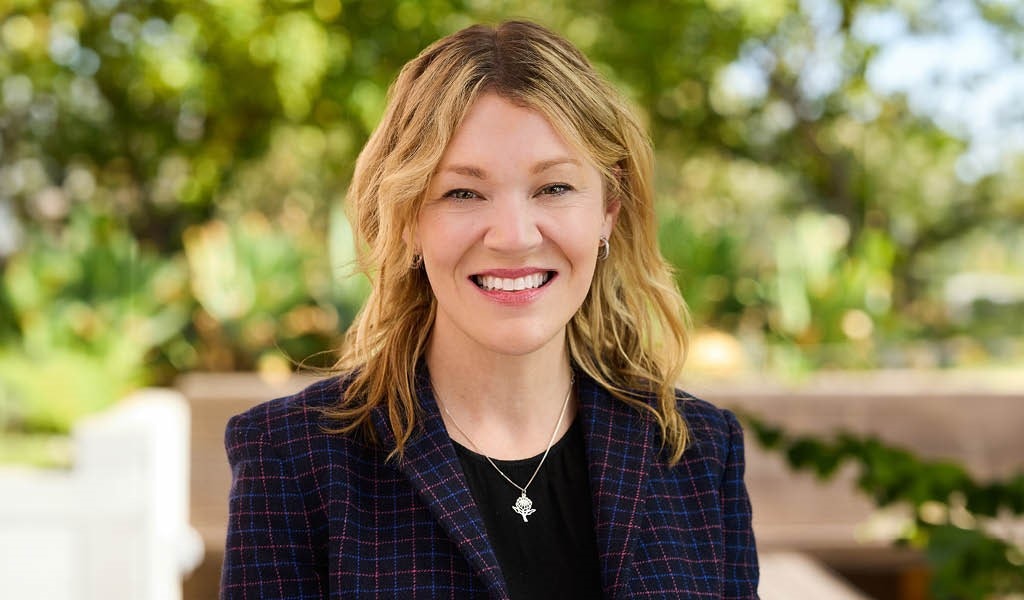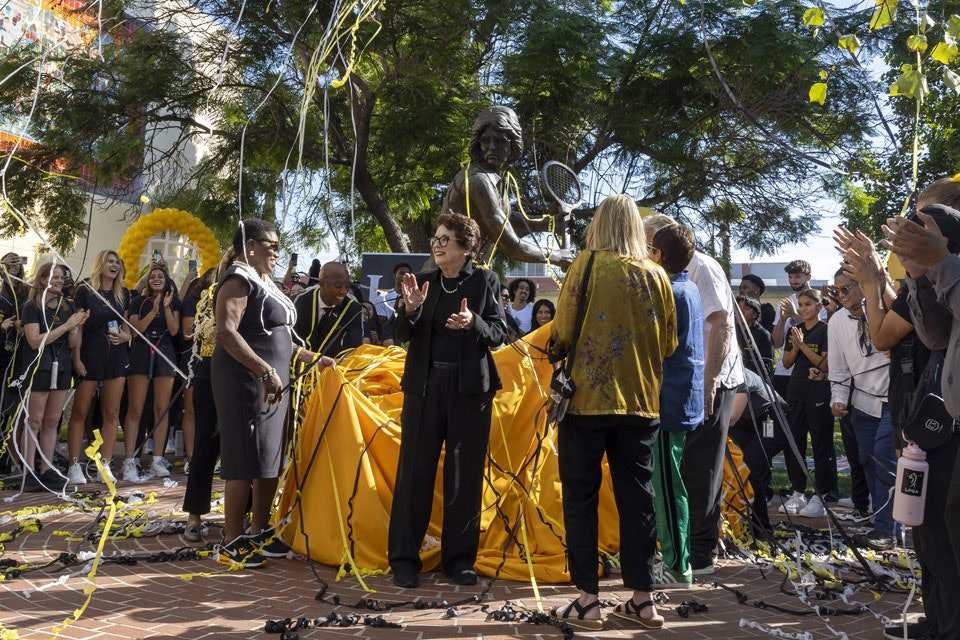Higher education has long been a key driver of economic prosperity and social mobility in the United States. American universities have provided countless students with the opportunity to pursue their dreams, develop their talents, and improve their economic standing. However, for some of the very groups who need it most—especially Black students—these opportunities are becoming more limited.
Part of the issue stems from the fact that many students of color come from underfunded high schools, which offer fewer educational resources, advanced courses, and extracurricular programs. These students also often lack access to adequate college counseling, making it more difficult to navigate the complex higher education landscape. A recent study from The Century Foundation underscores how systemic segregation, exacerbated by the 1974 Milliken v. Bradley decision, has worsened these disparities. Students of color are often confined to under-resourced schools, which limits their ability to compete for admission at top universities. This unequal start in education restricts their access to higher education and, by extension, the economic mobility that higher education traditionally provides. Marvin Krislov
Marvin Krislov
Fixing this issue requires a national effort to address the systemic inequalities in K-12 education. We need policies that improve school funding, offer advanced courses to all students regardless of district, and ensure that college counseling is available to every student. Only then can we guarantee that all students are prepared for college success and able to access the life-changing opportunities that higher education offers.
At the same time, we are witnessing a concerning trend: fewer students are completing the Free Application for Federal Student Aid (FAFSA), which is essential for accessing financial aid. Students who do not fill out the FAFSA miss out on crucial funding that could make higher education affordable for them.
This problem is not just about paperwork; it’s about equity.
One solution to this issue is working to simplify and improve the FAFSA process, a goal that the U.S. Department of Education has embraced. In a letter to FAFSA partners, the Department highlighted its efforts to completely overhaul the financial aid system, transforming what had been an outdated and cumbersome process into a more streamlined, accessible system. The Department has worked with college counselors, advisors, and other partners to help students navigate the FAFSA application. These reforms are beginning to close the FAFSA completion gap, and as of early September, 500,000 more students are eligible for Pell Grants than at the same time last year.
However, more work needs to be done. Simplifying the FAFSA process even further and increasing awareness about the importance of completing the application are critical steps if we want to ensure that financial barriers do not worsen the inequality in access to higher education. As noted by the Department of Education, the next steps include improving the user experience for students and families, enhancing transparency, and providing additional outreach to those most in need. These efforts will be key in making sure that all students have the opportunity to pursue a college education, regardless of their financial background.
As someone who has long advocated for diversity in higher education, I know firsthand how policies that increase access and inclusion can change lives. My time at the University of Michigan, where I led efforts to defend affirmative action all the way to the U.S. Supreme Court, demonstrated just how essential these policies are for creating pathways for students from disenfranchised backgrounds. While the Supreme Court’s recent ruling on affirmative action has altered the landscape, the need for colleges and universities to remain committed to diversity and inclusion has not changed.
Looking forward, I believe that universities must take the lead in ensuring access and equity in higher education. This means not only addressing issues in the public K-12 school system but also continuing to reform processes like FAFSA that play a critical role in making college affordable for all students. We must also provide ongoing support for students as they navigate the complexities of the college application process, particularly for those from marginalized backgrounds. Many universities, including Pace, have already taken steps to expand access to education. Nearly half of our student population comes from a wide variety of diverse backgrounds, which shows how welcoming campuses can attract a mix of students and stand as beacons of progress.
We must do more. Universities need to strengthen their partnerships with K-12 educators and policymakers to address systemic issues in education and ensure that financial aid remains accessible and understandable for all students. American higher education can still be an unparalleled driver of social mobility, but this will require a renewed commitment to equity and opportunity.
As we continue this work, I firmly believe that we can find innovative ways to make sure that no group is left behind. Universities, educators, and policymakers must work together to ensure that the American Dream remains within reach for all students, regardless of race or financial status.
The future of our nation depends on it.
Marvin Krislov is president of Pace University, which has campuses in New York City and Westchester County.
#Equity #Education #Diverse #Issues #Higher #Education

